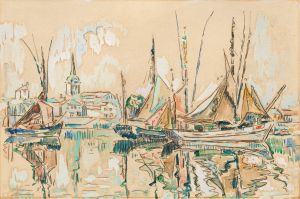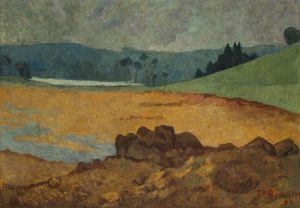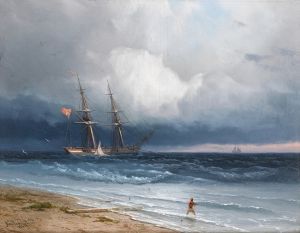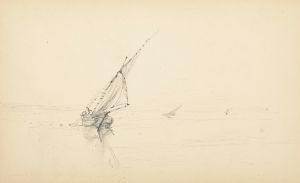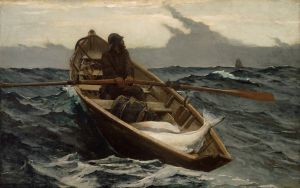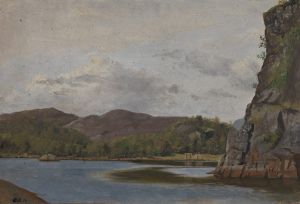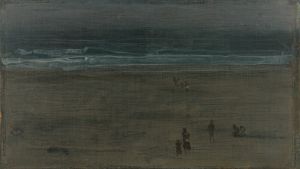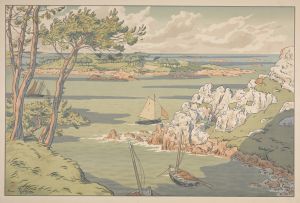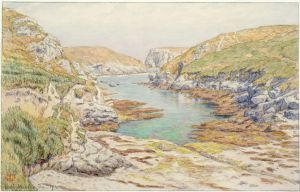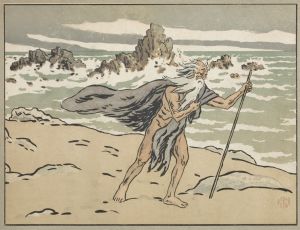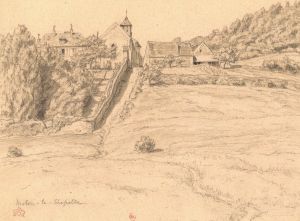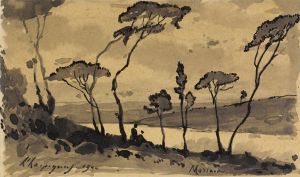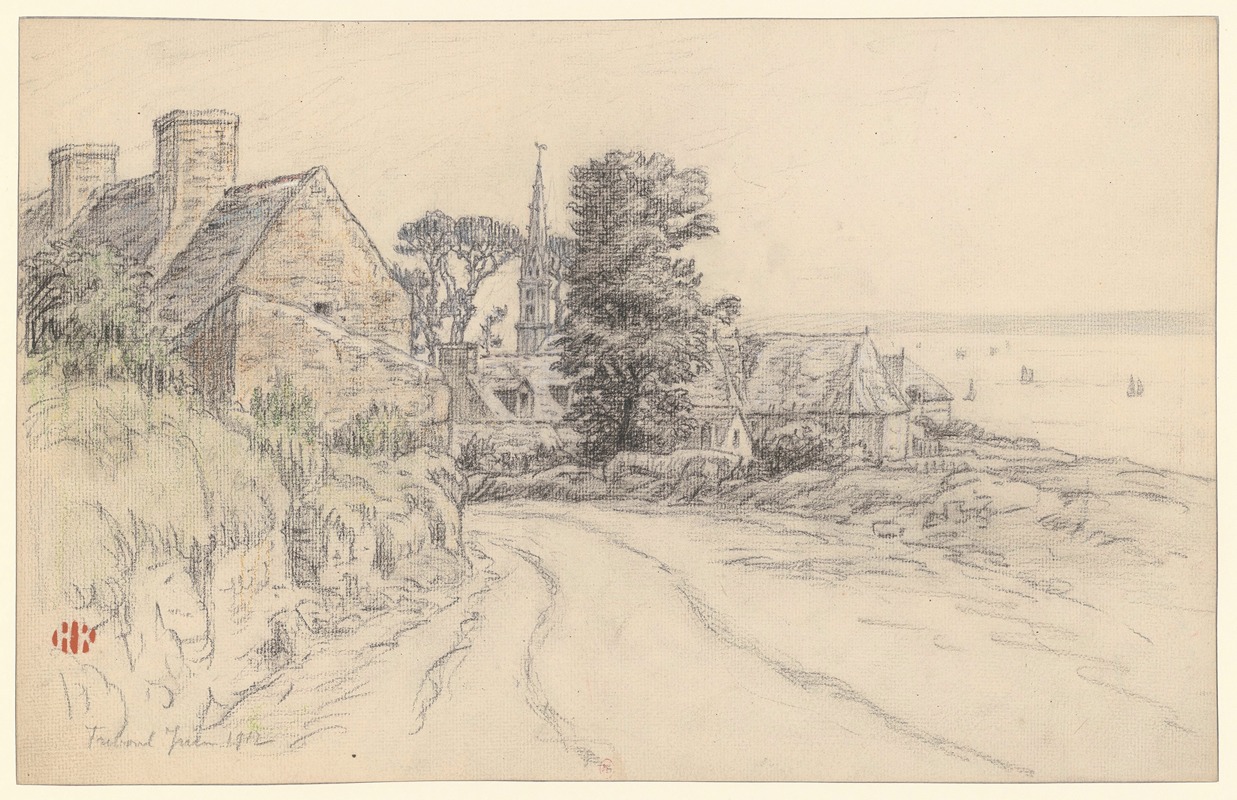
Tréboul
A hand-painted replica of Henri Rivière’s masterpiece Tréboul, meticulously crafted by professional artists to capture the true essence of the original. Each piece is created with museum-quality canvas and rare mineral pigments, carefully painted by experienced artists with delicate brushstrokes and rich, layered colors to perfectly recreate the texture of the original artwork. Unlike machine-printed reproductions, this hand-painted version brings the painting to life, infused with the artist’s emotions and skill in every stroke. Whether for personal collection or home decoration, it instantly elevates the artistic atmosphere of any space.
Henri Rivière (1864–1951) was a French artist known for his contributions to the revival of printmaking in the late 19th and early 20th centuries. He is particularly celebrated for his innovative use of color lithography and his incorporation of Japanese artistic influences, especially the ukiyo-e tradition, into his works. Rivière's art often depicted landscapes, seascapes, and scenes of rural life in France, capturing the beauty of nature with a distinctive style.
"Tréboul" is one of Rivière's works, named after the small fishing village of Tréboul in Brittany, France. This region was a significant source of inspiration for Rivière, as he frequently visited Brittany and was captivated by its rugged coastline, traditional way of life, and picturesque scenery. The exact date of the creation of "Tréboul" is not widely documented, but it is consistent with Rivière's broader body of work, which often focused on the interplay of light, color, and natural forms.
Rivière's artistic approach in "Tréboul" reflects his mastery of printmaking techniques, particularly his use of color lithography. This method allowed him to layer colors and create a sense of depth and atmosphere, which were hallmarks of his style. His works often exhibit a harmonious balance between simplicity and detail, drawing the viewer's attention to the essence of the scene without overwhelming it with unnecessary complexity.
The influence of Japanese art is evident in Rivière's compositions, including "Tréboul." Like many artists of his time, he was inspired by the Japonisme movement, which introduced European artists to Japanese aesthetics. This influence can be seen in his use of flat planes of color, bold outlines, and an emphasis on natural elements such as water, sky, and vegetation.
While specific details about "Tréboul" are limited, it is representative of Rivière's broader artistic vision and his dedication to capturing the beauty of the French landscape. His works continue to be appreciated for their technical skill, aesthetic appeal, and ability to evoke a sense of place and tranquility.
Henri Rivière's contributions to the art world extend beyond individual works like "Tréboul." He played a key role in elevating printmaking as a respected art form and left a lasting legacy through his innovative techniques and timeless depictions of the natural world. His art remains an important part of the cultural heritage of France and is celebrated in museums and collections worldwide.





